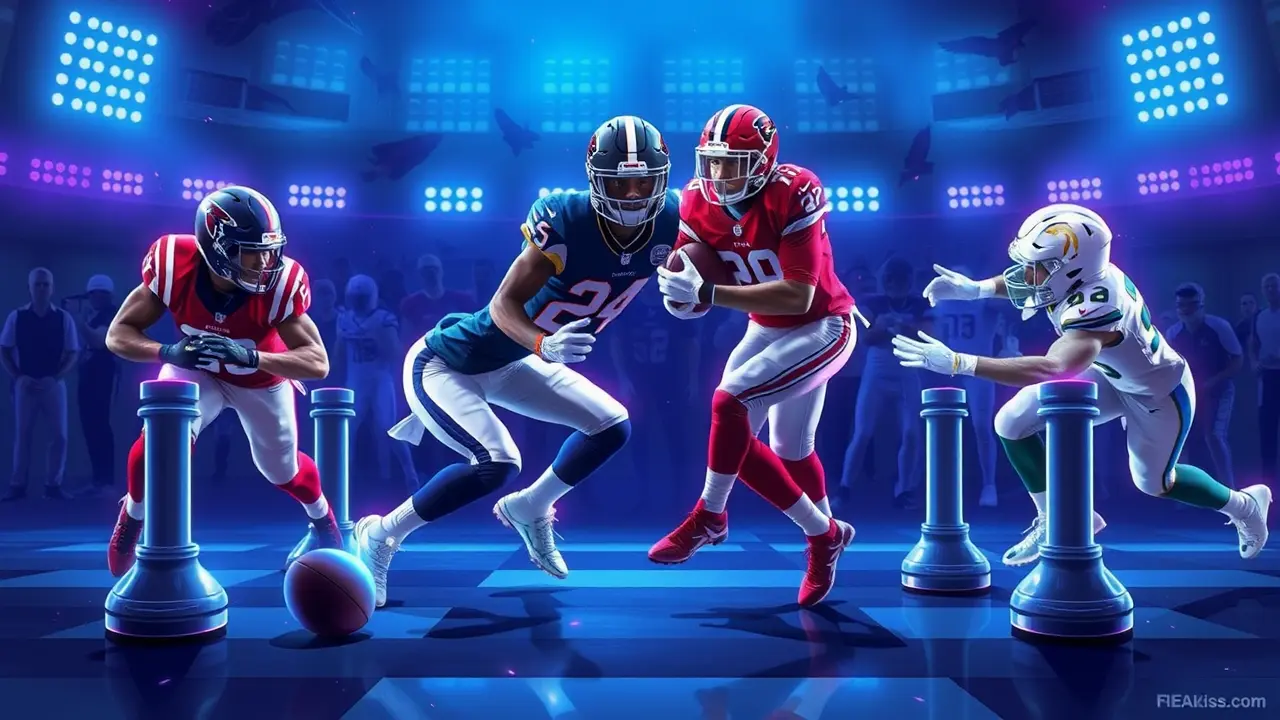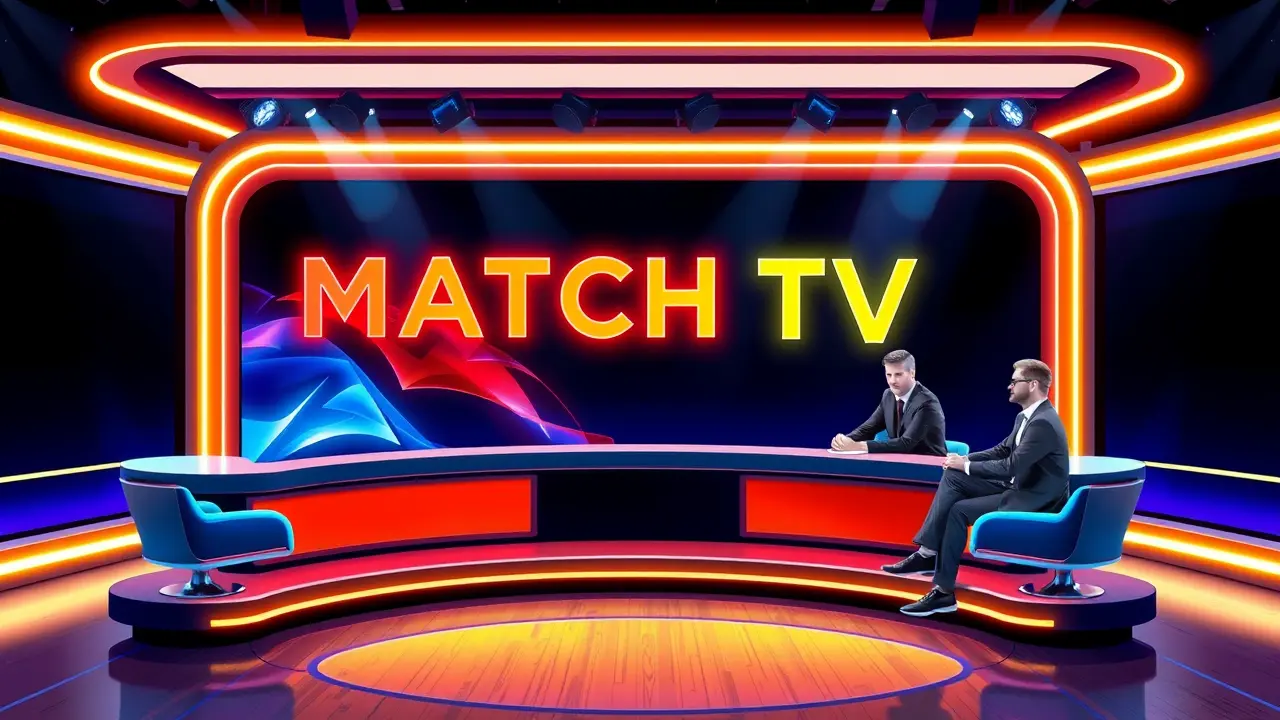- News
- sport
- Fantasy Football: Drake London vs. Sauce Gardner and 9 other storylines that will define Week 10

SportfootballInjuries and Suspensions
Fantasy Football: Drake London vs. Sauce Gardner and 9 other storylines that will define Week 10
JA
Jack Turner
4 hours ago7 min read2 comments
The chessboard of fantasy football is set for another weekend of high-stakes drama, where individual matchups aren't just isolated skirmishes but narrative-rich battles that define seasons and break hearts. Week 10 arrives as a crucible, testing the trends forged over nine weeks of glorious chaos, and no storyline carries more weight than the tantalizing duel between Atlanta’s Drake London and the newly acquired lockdown artist, Sauce Gardner, now patrolling the secondary for the Indianapolis Colts.London, fresh off a masterclass performance that crowned him the overall WR1 in Week 9, faces a seismic shift in his projected matchup. The Colts, statistically the fourth-best matchup for receivers, have radically transformed their defensive backfield with the addition of the first-team All-Pro Gardner.While it remains to be seen if Gardner will shadow London on such short notice, the Falcons' offensive creativity provides a fascinating counter-punch. Last week, against the shadow coverage of Christian Gonzalez, London’s victory was orchestrated through strategic deployment, particularly in the red zone where he predominantly aligned in the slot, leveraging his size against smaller defenders for three of his four end-zone targets.This schematic ingenuity, combined with his otherworldly contested-catch ability—evidenced by a pair of breathtaking touchdowns that would make any highlight reel—suggests London possesses the unique toolkit to thrive even in adversity. Beyond this marquee matchup, the quarterback carousel continues to spin with profound fantasy implications.In Arizona, the Jacoby Brissett era is quietly revolutionizing the Cardinals' offense, offering a lifeline to star receiver Marvin Harrison Jr. The analytical deep dive reveals a staggering transformation: Harrison’s yards per route run skyrocket by an astonishing 69% on plays from under center compared to shotgun—a philosophical shift embodied by Brissett, who operates from under center 53% of the time, a stark contrast to Kyler Murray’s 79% shotgun rate.This isn't merely a change of formation; it's a fundamental recalibration of the offensive ecosystem that maximizes Harrison's route-running prowess. Meanwhile, tight end Trey McBride has ascended to a near-mythical status with Brissett, his volume becoming the stuff of fantasy legend.Over the last month, his 11. 0 targets per game place him in a tier occupied only by the season's top-five fantasy wide receivers, while his red zone target share has exploded to a dominant 55%.This symbiotic relationship between quarterback and tight end is a testament to how a single change under center can unlock elite production, turning a very good asset into an unquestioned league-winner. The injury bug, that perennial fantasy antagonist, has struck with particular vengeance in Los Angeles, where the Chargers' offensive line is in tatters.The loss of star left tackle Joe Alt isn't just a minor inconvenience; it's a potential derailment of Justin Herbert's MVP-caliber season. The data paints a stark picture: without Alt, Herbert’s aggressive passing persona vanishes, his average depth of target plummeting from second-highest in the league to a pedestrian 24th.This collapse in downfield aggression directly threatens the value of deep-threat specialist Quentin Johnston and could see Herbert, recently a top-five fantasy quarterback, tumble into borderline QB1 territory against a Pittsburgh Steelers defense that, while surprisingly sub-par in pressuring the quarterback, will surely look to exploit this newfound vulnerability. In the ever-volatile landscape of NFL backfields, Chicago presents a fascinating case study in perceived value versus actual production.The panic among D’Andre Swift managers after rookie Kyle Monangai’s 31-opportunity outburst in Week 9 is understandable, but a deeper look at the touch distribution since the Week 5 bye reveals a more stable hierarchy: Swift commanded 62% of the running back touches to Monangai’s 35%. This yielded a robust 16 touches and 20 fantasy points per game for Swift, whose value is further cemented by his stranglehold on the most coveted assignments—goal-line work and passing-down roles.His success rate on the ground mirrors the rookie's, confirming that this is less a changing of the guard and more a testament to a well-managed, two-pronged attack where Swift’s elite skill set remains the primary engine. Elsewhere, the trade deadline has reshaped defensive realities, most notably in Philadelphia.The Eagles' secondary, once a glaring weakness exploitable by targeting the right side of the field, has been fortified with the acquisitions of Michael Carter and Jaire Alexander. This recalibration, likely moving the versatile Cooper DeJean to the outside, creates a more balanced and formidable pass defense, setting up a daunting challenge for Green Bay’s receiving corps of Romeo Doubs and Christian Watson.Similarly, the New York Jets' decision to trade away Quinnen Williams, a titan in run stop win rate, has effectively laid out a red carpet for Cleveland’s Quinshon Judkins, whose elite yards-after-contact ability should feast against a rushing defense already ranked 30th in that very category. As we survey the Week 10 landscape, these are the intricate battles—the schematic adjustments, the injury fallout, the personnel changes—that separate the contenders from the pretenders. It’s a week defined by adaptation, where fantasy success hinges not just on talent, but on a manager's ability to decipher the complex, ever-shifting code of the NFL.
#featured
#fantasy football
#week 10
#player analysis
#quarterback changes
#injury impact
#trade effects
#matchup previews
Stay Informed. Act Smarter.
Get weekly highlights, major headlines, and expert insights — then put your knowledge to work in our live prediction markets.
Related News
© 2025 Outpoll Service LTD. All rights reserved.














